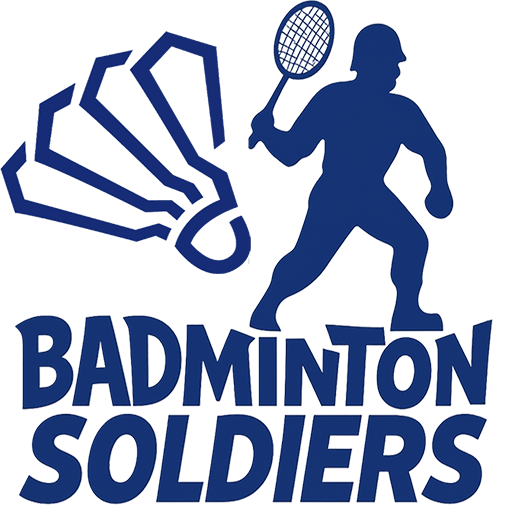How to choose your tension and strings.
Everything you need to know about badminton string, I will try to explain how to choose the best string and the right tension.
There are two main characteristics the first and most important of these is the string thickness!
Now strings range from 0.61 millimetres to 0.74 millimetres in thickness and the difference between these is huge!
The most popular strings by Yonex!
beginner string to more advanced string.
Now at the thicker end, we have bg3 which is a factory string used in many new rackets and this is 0.74 millimetres in thickness and probably only really for beginners
or those people playing with plastic shuttles
We have bg65ti a popular string amongst many club players as it’s very durable at 0.70 millimetres and also offers good all-around playability.
Moving on to the more advanced strings we have bg80 which is 0.68 millimetres thick and is very popular among sponsored players.
Even thinner we have Exbolt 63 which is 0.63mm thick and then Aerosonic which is 0.61 mm thick.
As we don’t have the luxury of being able to get our rackets restrung
as much as we want for free most of the players at Chocolate Soldiers use BG65Ti Yonex
So now the feel of the string and how this can play a part in its performance
The feel of the string is to do with the string core and coating and strings will either have a soft, medium or harder feeling and this will alter how the string plays.
Even different colours of your strings can have a slightly different feel! Like in bg80 the yellow has a different feel to the white and this is to do with the coating on the string.
This is why many players have a preference of the colour of the string, not just for the looks!
More developments in the feel of the string come from the increased popularity of the hybrid string and which combines two different strings.
Hybrid strings such as the Yonex Aerobite have a thicker and rougher on the main string and a thinner on the cross string.
There are two advantages of this:
Firstly some people prefer the feel and touch it gives you
and secondly, you’re more likely to break the main string when you break a string so having a thicker main string will allow you more durability!
Similar to choosing a racket choosing a string depends on your playing style, your personal preference and also your budget!
We would recommend for more advanced players go for a thinner string so something probably less than 0.68 mm gives you control, feel and repulsion off the strings.
A really thin string will often give you incredible control and touch or a harder string will give you more power, so again it’s up to your playing style and your personal preference!
However, after giving these recommendations there is no right or wrong, some advanced players will still go with quite a thick string and beginners might still want to go for a thin string because of the sound it gives them and they don’t mind paying for a restring quite frequently!
After choosing your string the next decision you need to make is choosing your string tension. Now a higher tension will give you more control and power, however only if you’re able to hit this sweet spot in the middle of the racket which is smaller the higher the tension you have! A lower tension will mean that the strings are looser, like a trampoline meaning that the shuttle will absorb onto the strings a lot longer and give you less control.
However, if you don’t time the shuttle well all of the time the strings will be more forgiving as they have a larger sweet spot at a lower tension and of course, the strings will last a lot longer at a lower tension!
So what string tension should you go for?
So this depends on two things:
* your standard
* the string you are using
As just mentioned a higher tension does give you more touch and control.
But, it does have a smaller sweet spot so you do need to have good technique and good timing, and this is why higher tension is suited more towards advanced players and I would say this would range from around 28lbs or 12 kilograms right up to the extremes of around 34 pounds.
But again you need to be able to time your shots well. If you can’t generate fast racket head speed or consistently hit that sweet spot then you’ll be at a disadvantage using a higher tension!
Those of you playing at club level will need a larger sweet spot and you probably won’t want to be paying for a restring every week, so you’ll be around 24 to 28lbs of tension! And for beginners probably not over 24lbs.
To sum up, if you use a thinner string as it will be less durable than a thicker string at the same tension however it will still give you great repulsion and great power!
For an advanced player, you should probably get your rackets restrung at least once a month if they haven’t broken before this, this is because the tension will reduce over time and the strings will lose some life.

